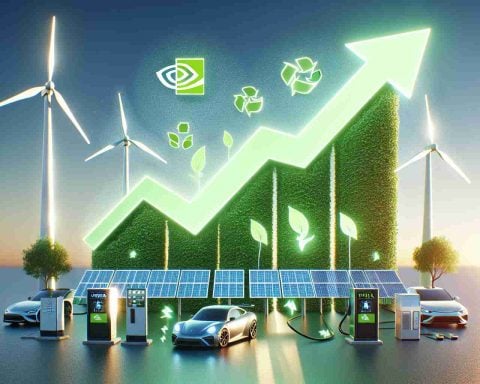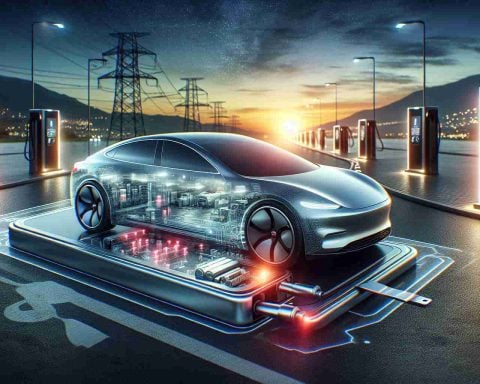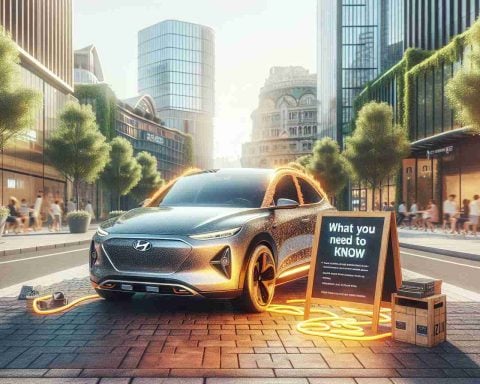- Tesla faces increased competition from established automakers and startups offering innovative and affordable electric vehicles.
- The sales decline highlights the need for Tesla to diversify its model lineup to better meet the growing demand for electric SUVs and trucks.
- Rapid adaptation is essential for Tesla to maintain its leading position in the evolving EV market.
- Key strategic focuses include global expansion, advancements in battery technology, and infrastructure development.
- Tesla’s response to these challenges will be pivotal in shaping its future role in the auto industry.
Tesla, the trailblazer in electric vehicles (EVs), has hit a surprising speed bump. Amidst ever-growing competition and evolving consumer preferences, recent reports indicate a notable dip in Tesla’s sales figures. This unexpected downturn begs the question: what could this mean for the EV industry and, more importantly, for Tesla’s future dominance?
Competitive Surge
Tesla’s decline in sales can largely be attributed to intensified competition in the EV market. Established automakers like Ford, General Motors, and newcomer Rivian are surging forward with innovative, high-performing electric models. Additionally, smaller startups are emerging, offering cost-effective alternatives that catch the eye of budget-conscious consumers. This competitive landscape is increasingly challenging Tesla’s market stronghold.
Shifting Consumer Trends
Consumer preferences are rapidly evolving with a growing demand for diverse vehicle types that Tesla’s current lineup may not fully cover. The market is leaning towards electric SUVs and trucks, segments where competitors are already making significant strides. To address this, Tesla must accelerate its model diversification strategy to align with changing demands.
Driving Towards a New Era
Though Tesla has revolutionized the automobile sector, these sales figures suggest that they must adapt quickly to sustain their pioneering status. Expanding globally and investing in battery technology, infrastructure, and new models are crucial strategic moves. The EV landscape is vast and dynamic; how Tesla responds to these challenges could redefine its role in the green future we’re all steering towards.
Tesla’s Speed Bump: Can It Keep Up with the EV Revolution?
Pros and Cons of Tesla Amidst Rising Competition
Pros:
– Innovative Technology: Tesla remains a leader in advanced EV technology, especially with software updates and autonomous driving features.
– Strong Brand Loyalty: Tesla has built a dedicated customer base that often chooses its vehicles over competitors.
– Extensive Charging Network: With Superchargers around the globe, Tesla provides significant advantages in long-distance travel for EV owners.
Cons:
– High Price Point: Tesla vehicles are generally priced higher than some emerging budget-friendly alternatives.
– Limited Model Range: Compared to competitors, Tesla offers fewer vehicle types, missing out on trending markets like electric trucks.
– Increasing Competition: New and existing automakers are rapidly developing competitive models that challenge Tesla’s market dominance.
For more on the company’s initiatives and developments, visit Tesla.
Innovation Insights: What’s New in the EV Market?
1. Battery Technology Advancements: Companies are investing heavily in battery technology to increase efficiency, range, and charging speed. Tesla and its counterparts are pushing the envelope in battery innovation.
2. Autonomous Driving Progress: The race for fully autonomous vehicles is on, with Tesla’s Autopilot facing stiff competition from Google’s Waymo and other automakers enhancing their self-driving capabilities.
3. Sustainability Trends: The focus on eco-friendly manufacturing processes and materials is increasing. Companies that prioritize sustainability could gain an edge in the market.
For additional insights into evolving technology trends, visit Ford or General Motors.
Key Questions Addressed
1. What does Tesla’s dip in sales signify for the EV industry?
The decline suggests a shift in consumer preference and the rise of formidable competitors in the EV space. Tesla’s challenge is to innovate and diversify its offerings to maintain its competitive edge.
2. How can Tesla maintain its leading status in the EV market?
Tesla can bolster its position by expanding its model lineup to include more vehicle types like trucks and SUVs, enhancing battery technology, and increasing its global market reach.
3. What are the future predictions for Tesla in the evolving EV landscape?
Analysts predict that if Tesla can adapt its strategies to current market trends, it will continue to be a major player. Its focus will likely be on international expansion, cutting-edge technology, and sustainable practices.
For an overview of the EV competition landscape, check out Rivian.


















